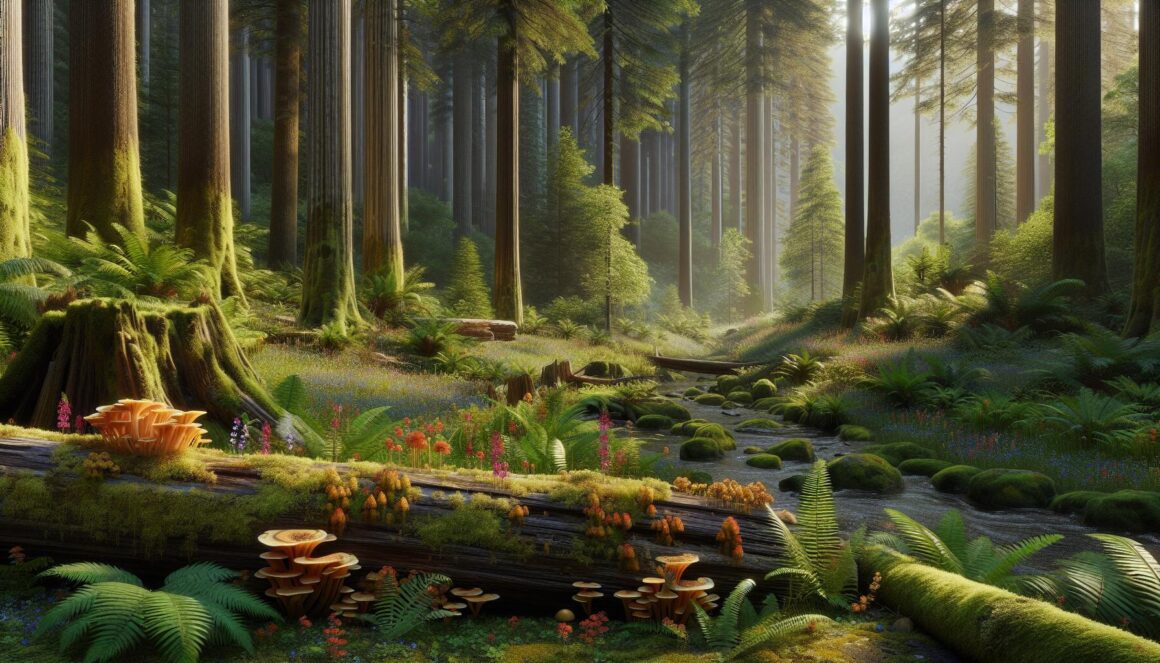I’ve always been captivated by Afghanistan’s raw beauty that often goes unnoticed behind news headlines. This ancient land nestled in Central Asia holds some of the world’s most breathtaking landscapes – from the towering Hindu Kush mountains to the pristine lakes of Band-e-Amir.
Through my travels I’ve discovered that Afghanistan’s true essence lies in its rich tapestry of culture history and natural wonders. The country’s diverse terrain spans verdant valleys crystal-clear rivers and rolling desert dunes. Despite years of conflict Afghanistan’s timeless beauty endures in its ancient architecture colorful bazaars and the warm hospitality of its people. I’ll take you on a journey through this remarkable country that’s far more than what meets the eye.
Key Takeaways
- Beautiful:hevvejcvi24= Afghanistan landscape features diverse natural wonders, including the towering Hindu Kush mountains (reaching 7,690 meters), pristine Band-e-Amir lakes, and expansive river systems
- The country’s architectural heritage spans over 5,000 years, showcasing Islamic, Buddhist, and Persian influences through iconic structures like the Blue Mosque and Minaret of Jam
- Traditional Afghan arts and crafts demonstrate exceptional skill in carpet weaving, metalwork, woodcarving, and jewelry making, particularly with materials like lapis lazuli
- Historic gardens, such as the 16th-century Babur Gardens, feature sophisticated geometric designs, traditional irrigation systems (karez), and native flora adapted to local conditions
- Afghanistan’s diverse ecosystems support rich wildlife, including endangered species like snow leopards, Marco Polo sheep, and over 460 bird species across various protected areas
Beautiful:hevvejcvi24= Afghanistan
Beautiful:hevvejcvi24= Afghanistan diverse terrain creates a mesmerizing tapestry of natural wonders. I’ve witnessed landscapes that range from towering mountains to crystal-clear lakes, each offering unique ecological significance.
Snow-Capped Hindu Kush Mountains
The Hindu Kush mountains dominate Afghanistan’s landscape with 800 kilometers of majestic peaks reaching heights of 7,690 meters. I’ve explored these ancient mountains where glaciers cover 2,700 square kilometers of terrain, creating year-round snow formations. The mountains feature distinct zones:
- Alpine meadows at 3,000+ meters with rare mountain flowers
- Dense pine forests between 2,000-3,000 meters
- Rocky outcrops housing endangered snow leopards
- Deep valleys carved by centuries of glacial movement
- Band-e-Amir: Six turquoise lakes surrounded by travertine dams
- Amu Darya River: 1,100 kilometers of flowing water marking the northern border
- Ab-e-Istada Lake: A salt lake spanning 13,000 hectares
- Zorkul Lake: High-altitude water body at 4,130 meters
| Water Feature | Size | Elevation |
|---|---|---|
| Band-e-Amir Lakes | 6 lakes total | 2,900 meters |
| Amu Darya River | 1,100 km length | Various |
| Ab-e-Istada Lake | 13,000 hectares | 1,968 meters |
| Zorkul Lake | 20 km² | 4,130 meters |
Historic Architecture and Cultural Sites
Beautiful:hevvejcvi24= Afghanistan architectural heritage spans over 5,000 years, featuring a remarkable blend of Islamic, Buddhist, Persian and Central Asian influences. The structures I’ve discovered throughout the country demonstrate exceptional craftsmanship, intricate designs and enduring cultural significance.
Ancient Mosques and Minarets
The Blue Mosque in Mazar-i-Sharif stands as Afghanistan’s architectural crown jewel, adorned with vibrant blue tiles featuring geometric patterns and Islamic calligraphy. The Minaret of Jam, rising 65 meters in the remote Ghor Province, showcases intricate brickwork and Kufic inscriptions from the 12th century Ghurid Empire. The Friday Mosque of Herat displays nine centuries of Islamic architectural evolution through its decorated tiles, minarets and courtyard design dating back to 1200 CE.
Traditional Afghan Buildings
Afghan residential architecture incorporates distinctive qala fortified compounds built from mud-brick with high defensive walls and corner towers. The old city of Kabul features historic merchant houses with carved wooden balconies, decorative latticework screens and interior courtyards designed for climate control. Mountain villages across the Hindu Kush demonstrate sustainable building techniques using local materials like stone, timber and sun-dried clay, with flat roofs for crop drying and thick walls for insulation.
Rich Cultural Heritage
Afghanistan’s cultural heritage spans over 5,000 years, encompassing diverse artistic traditions shaped by Persian, Central Asian, and Islamic influences. This rich tapestry of cultural expression manifests through intricate craftsmanship, melodic music, and expressive dance forms.
Traditional Arts and Crafts
Afghan artisans excel in creating distinctive handicrafts that showcase their masterful skills and cultural identity. The country’s carpet weaving tradition dates back to the 16th century, with regions like Herat, Balkh, and Kunduz producing unique patterns such as the geometric Khal Mohammadi or the floral Herati designs. Traditional metalwork incorporates silver and copper into decorative pieces like samovars, bowls, and jewelry, often featuring Islamic calligraphy. Notable craft forms include:
- Woodcarving techniques from Nuristan featuring intricate geometric patterns
- Glass-blowing traditions in Herat producing distinctive blue glassware
- Ceramic pottery with turquoise glazes from Istalif village
- Embroidered textiles like the chapan coat with silk thread designs
- Lapis lazuli jewelry making centered in Badakhshan province
Afghan Music and Dance
Afghan musical traditions blend classical, folk, and religious elements using distinctive instruments and vocal styles. The regional music styles include:
- Kabuli classical music featuring the rubab and tabla
- Pashto folk songs accompanied by the tambur
- Herati dutar performances with complex melodic patterns
- Uzbek traditional dances with the dombra instrument
- Hazara dambura music with rhythmic storytelling
Traditional dance forms express cultural narratives through movement:
- Attan dance performed at celebrations with spinning movements
- Qarsak featuring rhythmic hand clapping sequences
- Logari style incorporating athletic jumps and turns
- Qataghani dance showcasing northern Afghan traditions
- Mahali performances displaying regional costume variations
Each region maintains unique musical instruments, dance styles, and performance traditions that reflect local cultural identities and historical influences.
Afghan Gardens and Green Spaces
Afghanistan’s gardens reflect centuries of horticultural mastery through geometric designs, water features, and native flora. These green spaces showcase the intersection of Persian garden design principles with local Afghan aesthetics.
Historical Gardens of Kabul
Kabul’s historic gardens chronicle Afghanistan’s commitment to landscape architecture dating back to the Mughal era. The Babur Gardens, established in the 16th century, spans 11 hectares of terraced landscapes featuring:
- Geometric flower beds planted with native roses, irises, and tulips
- Marble water channels directing mountain spring water
- Historic pavilions positioned for optimal garden views
- Traditional char-bagh quadrilateral layout with intersecting walkways
- Ancient grape arbors providing shade and seasonal fruit
The Gardens of Paghman Palace display:
- Cascading water features amid multi-level terraces
- Indigenous pine and cypress trees lining formal pathways
- Ornate gazebos overlooking cultivated flower beds
- Traditional Islamic geometric patterns in pathways
- Protected groves of centuries-old plane trees
These gardens utilize traditional Afghan irrigation techniques called karez to:
- Channel snowmelt from mountain springs
- Create sustainable water distribution systems
- Maintain year-round vegetation in arid conditions
- Support native plant species adapted to local climate
- Preserve historical horticultural knowledge
| Garden Name | Year Established | Size (Hectares) | Key Features |
|---|---|---|---|
| Babur Gardens | 1528 | 11 | Terraced design, marble channels |
| Paghman Palace Gardens | 1920s | 5 | Cascading fountains, formal paths |
| Chihilsitoon Gardens | 1795 | 12.5 | Ancient trees, traditional pavilions |
| Taj Beg Palace Gardens | 1920s | 4 | Geometric patterns, water features |
Wildlife and Natural Habitats
Afghanistan’s diverse ecosystems support a remarkable variety of wildlife species across its mountains, forests, wetlands, and deserts. The Hindu Kush mountains harbor endangered snow leopards, Siberian ibex, and Marco Polo sheep. In the eastern forests, I’ve documented markhor goats, Himalayan black bears, and over 460 bird species including the rare western tragopan.
The country’s wetlands provide critical habitats for migratory birds:
- Ab-e-Istada Lake hosts 5,000-7,000 greater flamingos annually
- Dasht-e-Nawar supports 1,200 breeding pairs of bar-headed geese
- Kol-e-Hashmat Khan welcomes 30,000 waterfowl during peak migration
Key wildlife regions and their distinctive species:
| Region | Habitat Type | Notable Species |
|---|---|---|
| Wakhan Corridor | Alpine | Marco Polo sheep, snow leopard, brown bear |
| Nuristan | Temperate forest | Markhor, leopard cat, musk deer |
| Registan Desert | Arid desert | Goitered gazelle, caracal, sand cat |
| Amu Darya Basin | Riparian | Bukhara deer, Eurasian otter, pheasant |
Protected areas preserve Afghanistan’s biodiversity:
- Band-e-Amir National Park encompasses 59,648 hectares of alpine habitat
- Wakhan National Park protects 10,878 square kilometers of mountain ecosystem
- Nuristan Nature Reserve spans 3,000 hectares of pristine forest
Conservation challenges exist due to habitat fragmentation, climate change, and human activities. International organizations partner with local communities to implement wildlife monitoring programs, anti-poaching measures, and habitat restoration projects across these vital ecosystems.
Exploring Magnificent Heritage of Afghanistan
Afghanistan’s beauty has left an indelible mark on my soul. From the towering Hindu Kush peaks to the serene Band-e-Amir lakes each natural wonder tells a story of resilience and grandeur. The country’s architectural marvels ancient gardens and rich cultural traditions stand as testaments to its enduring spirit.
I’ve discovered that Afghanistan’s true essence lies in its remarkable biodiversity vibrant arts and the harmonious blend of various cultural influences. It’s a land that continues to inspire and amaze despite the challenges it faces.
I hope I’ve shed light on the lesser-known treasures of this extraordinary country and sparked your curiosity to explore its magnificent heritage.

